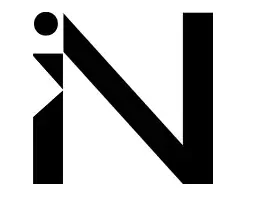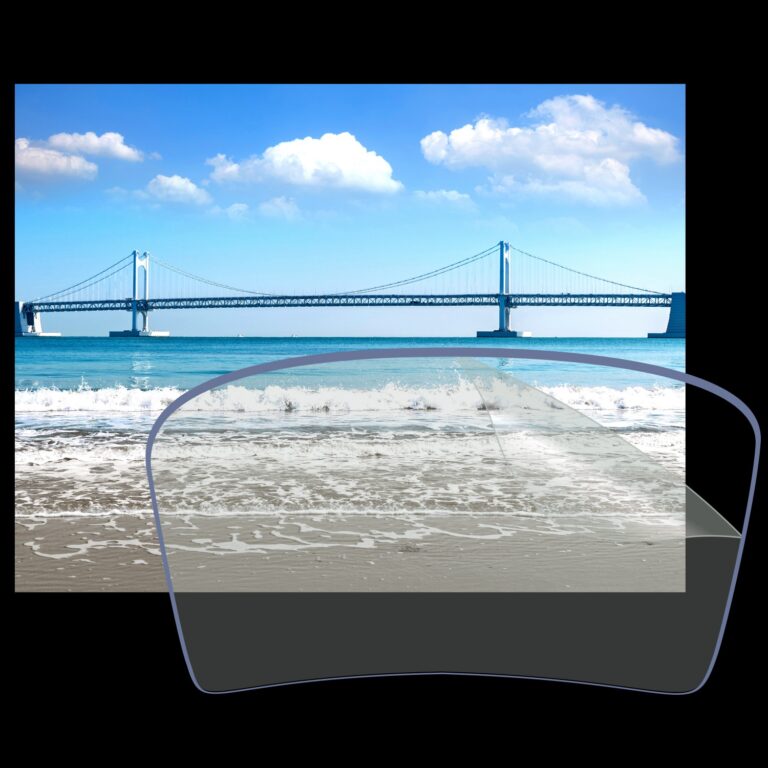5 Common Mistakes Homeowners Make When Installing a Safe
Installing a home safe seems straightforward — pick a good model, find a discreet spot, and bolt it down. But in reality, many homeowners unknowingly compromise their own security through poor installation choices.
A quality safe can protect your valuables from theft, fire, and natural disasters. Yet even the most expensive safe can fail if it’s not installed properly or positioned in a vulnerable area.
In this guide, we’ll cover the five most common mistakes homeowners make when installing a safe — and how to avoid them with help from professional installers.
1. Choosing the Wrong Location
The first mistake many people make is installing their safe in an obvious or unsuitable place.
Most homeowners instinctively place safes in the master bedroom, assuming it’s the most convenient spot. Unfortunately, it’s also the first room burglars search during a break-in.
Here’s what to avoid:
- Bedrooms, closets, or under beds — these are common targets.
- Garages or sheds — too easy to access and often exposed to extreme temperatures.
- Areas near windows — visibility increases risk.
Better Options
- A low-traffic area such as a hallway cupboard, laundry room, or study.
- A concrete floor or reinforced wall, making it harder to move or pry open.
- Locations away from moisture or direct sunlight, which can damage electronics or documents.
If you live in a double-storey home, a ground-floor installation is usually best — concrete slabs provide superior stability and make anchoring stronger.
Professional installers like Precision Safes assess your home layout and security priorities to recommend discreet, structurally sound locations that enhance both protection and accessibility.
2. Not Anchoring the Safe Properly
Even a 150-kg safe can be tipped, dragged, or removed entirely if not bolted down securely. Unanchored safes are one of the biggest security weaknesses in Australian homes.
Burglars know that small or medium-sized safes can be lifted and opened later using tools or brute force. Anchoring prevents this by physically fixing the safe to the structure of your home.
What Proper Anchoring Involves
- Drilling into a concrete slab or masonry wall using heavy-duty expansion bolts.
- Using anti-tamper fasteners that can’t be unscrewed from the outside.
- Ensuring the bolts go deep enough to withstand leverage or impact.
Avoid bolting your safe to floorboards or carpet only — these materials are too soft and provide no real resistance.
Professional safe installation Melbourne services use commercial-grade tools and materials to ensure your safe becomes a permanent, immovable fixture.
3. Ignoring the Environment Around the Safe
Moisture and Humidity
Safes placed in damp areas — like garages, basements, or laundry rooms — are prone to rust, condensation, and electronic failure. Over time, moisture can corrode locking mechanisms and damage paper documents or jewellery.
Use silica gel packs or dehumidifiers inside the safe, and make sure the room has good ventilation.
Heat and Fire Risks
Placing a safe near water heaters, stoves, or electrical panels can expose it to unnecessary heat. Even a fire-resistant model has limits — it should be installed in a fire-protected area, ideally away from potential ignition sources.
Accessibility and Space
You should be able to fully open the door without hitting walls or furniture. If it’s difficult to reach the keypad or turn the handle, you’ll be tempted to leave it open — defeating the purpose of having a safe at all.
4. Underestimating the Weight and Structure Requirements
Safes vary widely in weight — from small 20-kg document safes to 600-kg commercial-grade models. Installing a heavy safe without assessing the structural integrity of the floor or wall can lead to:
- Floor cracking or sagging (especially on upper levels).
- Poor anchoring if concrete isn’t thick enough.
- Wall damage if mounted incorrectly.
If you’re installing on a timber floor, reinforcement is often required. The installer may need to add support brackets or anchor into a concrete sub-base.
Homeowners who skip this step risk not only damage to their property but also voiding the safe’s warranty — most manufacturers require professional installation for coverage.
Experienced technicians from Precision Safes can evaluate the weight, anchoring depth, and surrounding structure to ensure your safe is properly supported and compliant with Australian safety standards.
5. DIY Installation Without Professional Guidance
Many homeowners try to save money by installing their safe themselves. But unless you’re experienced in masonry drilling and load calculations, DIY installation often compromises security.
Here’s why:
- Incorrect drilling can damage the safe body or locking mechanism.
- Improper alignment causes doors to jam or locks to malfunction.
- Using the wrong bolts weakens the anchor point.
- Failing to conceal the safe correctly makes it easy to locate.
While it might seem like a simple task, professional installers do more than just bolt a safe down. They assess load-bearing capacity, wall thickness, security layers, and potential weak points — details that can make the difference between safety and vulnerability.
Additionally, professional installation:
- Ensures the safe meets insurance requirements for theft coverage.
- Includes testing of locks and alarms to verify correct operation.
- Provides warranty protection and service support if issues arise.
For Melbourne homeowners, choosing a certified safe installation service guarantees that your safe is not only secure but also legally compliant under Australian safety and insurance regulations.
Bonus Tip: Match the Safe Type to Your Protection Goals
Even with perfect installation, choosing the wrong safe type reduces effectiveness. Consider your security priorities:
| Protection Goal | Recommended Safe Type | Key Feature |
|---|---|---|
| Cash & Jewellery | Fireproof Safe | High fire rating, anti-pry design |
| Documents | Data Safe | Moisture and heat-resistant |
| Firearms | Gun Safe | Compliant with Australian firearm storage laws |
| General Valuables | Home Safe | Balanced fire & theft protection |
If you’re unsure which safe suits your needs, consult professionals who specialize in residential safes and installations. They’ll evaluate your home’s layout, valuables, and risk factors before recommending the best model and placement.
Why Proper Installation Matters More Than the Safe Itself
A safe’s strength is only as good as how it’s installed. Even the most advanced locking mechanism can’t protect valuables if thieves can simply carry the entire safe away.
When installed correctly, a safe provides:
- A strong physical deterrent to break-ins.
- Peace of mind knowing valuables are secure.
- Improved insurance compliance, which may reduce premiums.
- Enhanced fire and water protection, depending on placement.
Ultimately, professional installation is a small upfront investment that ensures long-term protection and reliability.
Final Thoughts
Your safe is your last line of defense — but only if it’s installed the right way. By avoiding these common mistakes, you can dramatically improve your home’s security and ensure your valuables stay protected for years to come.
If you’re planning a new safe installation or upgrading an old one, consider working with specialists who understand both security and structure.
Precision Safes provides expert safe installation Melbourne services for homes and businesses, ensuring every unit is anchored, positioned, and tested for maximum performance and protection.
From selecting the right model to professional mounting and aftercare, Precision Safes helps Melbourne homeowners take the guesswork out of securing what matters most.




